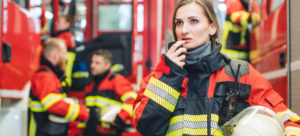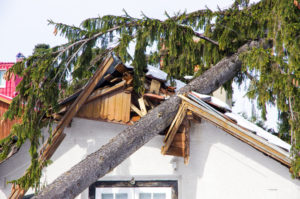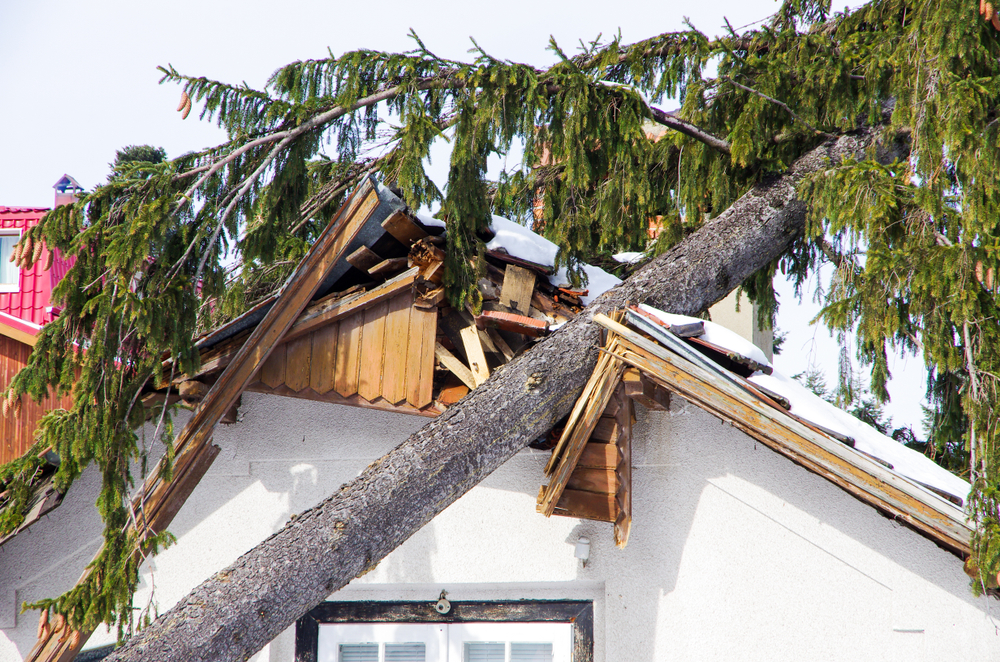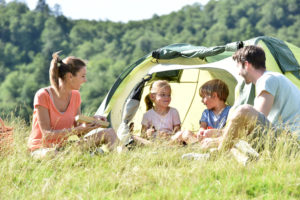Private liability insurance: is coverage of five million sufficient?
It is clear that private liability insurance must be available and does not need to be discussed. Damage happens too quickly and should not be paid for out of pocket if possible. Especially since the polluter is fully liable for any damage and that with all of his private assets and, if necessary, for life. But not only the question of whether a liability insurance has to be available is important, but also how much it should be taken out.

High sums possible in insurance cases
If someone drops the neighbour's good camera on the ground at the garden party, that's a case for liability insurance. It takes over the damage and regulates it, whereby the amount of damage here is usually in the hundreds to low thousands. But what if a person is harmed? For example, does the postman slip on the way to the agreed storage location on the property, break his leg in a complicated way and fall out for months? A personal injury with the following financial loss due to the loss of earnings does not go into the four-digit range. The costs for the actual treatment are very high, loss of earnings must be paid and damages may have to be paid. In addition, follow-up costs can arise for many years to come. Such costs are not only unpredictable, but also at a level that a normal citizen can hardly raise from his savings. Private liability insurance pays for such damage. But this in turn only up to the agreed coverage level, which is usually between three and ten million francs. Most insurers offer coverage levels of three, five or ten million francs, only in some cases individual amounts need to be agreed in between.
This is how high the amounts insured should be
Even if really high sums of damage are rare, they do happen. Does it hit someone liable, doesn't it help that the sums of money are rarely high? he has to pay and maybe get into debt for life because his insurance does not have sufficient cover. So would you prefer to agree on a very high coverage and thus be completely covered? This is also unnecessary, because excessively high coverage also entails very high premiums.
It is therefore important to weigh up the risk and then determine the coverage levels. These are some of the questions that need to be addressed when making an initial assessment of the correct coverage:
- What kind of activity can I do a lot of damage?
- Am i a homeowner?
- Do I rent residential, commercial or storage space?
- Are strangers out and about on my property?
- Do I have children who can cause harm?
- Am I doing a sport that can harm others?
These questions are only to be seen as examples and can be individually adapted and expanded. It is important to clarify the personal basic needs. Pensioners who live alone in their house have a significantly lower liability risk than a family with three children in an apartment building. In addition, personal security needs should be taken into account. If you only feel comfortable when every eventuality is covered, should you pay higher premiums and benefit from being completely covered in every situation? even if this will never happen. Experts call this risk aversion, meaning the rejection of any risk.
In any case, it is important to clarify any disclaimers of liability before concluding the contract, because these can also be agreed.
Conclusion: Ten million is sufficient as coverage
Anyone wondering how high the coverage in the liability insurance should be, can assume that with a sum of ten million francs, both personal injury and financial loss are adequately covered. Depending on the individual risk, which should be clarified before concluding the insurance contract, a lower sum may be sufficient. It is usually possible to arrange coverage of three, five or ten million francs. Important: If the sum insured is insufficient, the person who caused the damage is liable with his private assets for the additional costs.
divide
Find household and personal liability insurance
Compare all providers in Switzerland quickly and free of charge.






















